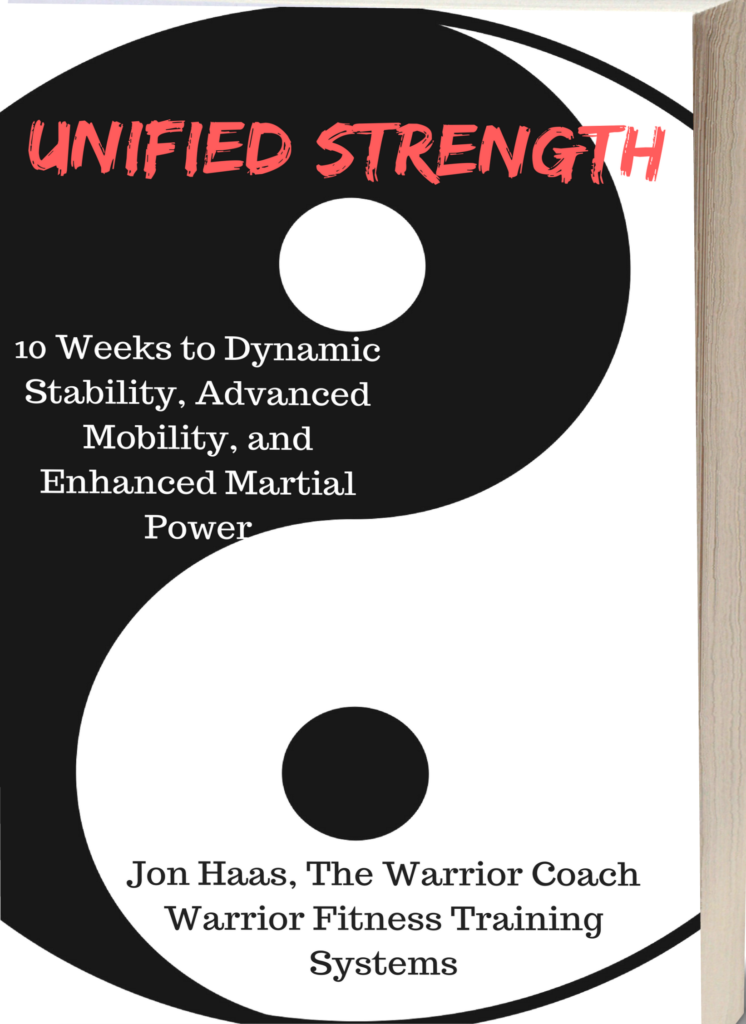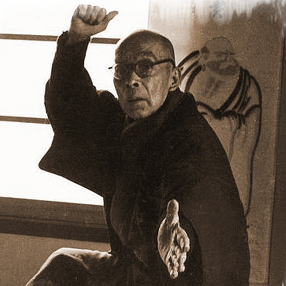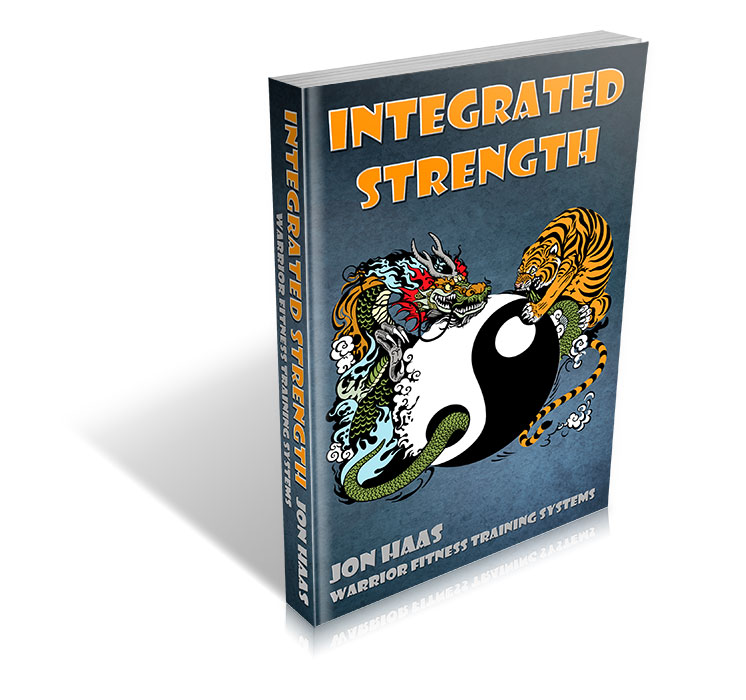When I first began talking about internal power in the context of Bujinkan training, I realized that many people might be skeptical of this type of training at the very least, or have many preconceived misconceptions that would not allow them to even consider the method as a viable form of training for budo.
Therefore I decided to write this blog post to gauge the interest of my readership and how accepting you might be of internal power training and my interpretation of its role within Bujinkan training. I hope you find it helpful!
What is Internal Power?
I think it’s best to start with the basics. What is internal power and how can it useful to the practitioner of Bujinkan Budo Taijutsu? Let me state this at the outset to hopefully clear up a rather unfortunate misinterpretation of IP.
Internal Power is physical.
It’s not some mystical mumbo jumbo or a throwing chi balls type of nonsense.
It is actually a way of conditioning the body through specific solo training exercises and paired partner training. The training method spans thousands of years and has been handed down through the ages within the warrior traditions of India, China, and Japan. It is a body technology with a set method and detailed process of instruction that simply cannot be learned by osmosis. It must be explicitly taught.
The basis for the method is what is known as the union of opposites or In Yo Ho, in Japanese.
By creating opposing forces within the body (up/down, left/right, front/back) through the use of intent – your own mental direction using imagery, feeling, and visualization – we begin to increase the mind-body connection to a remarkable degree.
Through the solo training exercises we condition and strengthen the entire fascia network, as well as tendons and ligaments, throughout the body. This process serves to create a connected body through the center so that when ‘one thing move, everything moves’.
The Ultimate Ukemi
Internal Power training changes the way outside forces act on the body. The structure becomes dynamically stable so that applied force can either be distributed throughout the chain and dissipated or, at a higher level, simply reflected right back onto the opponent. When force is reflected back this is what is known in Japanese as Yamabiko, or Mountain Echo.
At first blush it may sound like a party trick, but the budo applications are quite staggering. Think about it.
How does every martial art technique work?
What is the first thing you are taught to do prior to applying a technique?
Break the opponent’s balance, right? Get kuzushi.
What if no one can compromise your structure?
What does that do to every throw, lock, and take down applied to you? Yeh. You’re getting it now, aren’t’ you?
And that’s just the beginning.
Every time you move, you are completely and dynamically stable, balanced. You gain the ability to hit like a truck using the full mass of a connected body without dedicating your weight. (Remember – when one thing moves, everything moves.)
This becomes very profound, especially when you start to incorporate weapons.
And, since you are connected through the middle of your body due to the specific solo training exercises, you will finally and probably for the first time, actually be moving from center, hara, or dantien.
Sound interesting?
You can learn my full method of integrating and training the mind-body system HERE.
 I am also more than happy to share what I know about internal power training, especially in the context of how it can be fully integrated into our Bujinkan Budo Taijutsu practice. I teach it in my weekly classes and seminars upon request. Contact me HERE.
I am also more than happy to share what I know about internal power training, especially in the context of how it can be fully integrated into our Bujinkan Budo Taijutsu practice. I teach it in my weekly classes and seminars upon request. Contact me HERE.







4 Comments
NW
January 28, 2014You have my attention. 🙂
Jon
January 28, 2014Excellent. Stay tuned! 🙂
Zak
February 5, 2014Yep, definitely sparked some interest.
[…] various forms of budo and other esoteric types of training. As I said in my previous article, Internal Power and Bujinkan Training, the methodology is clearly laid out and organized to quickly initiate the practitioner onto the […]
Leave A Response